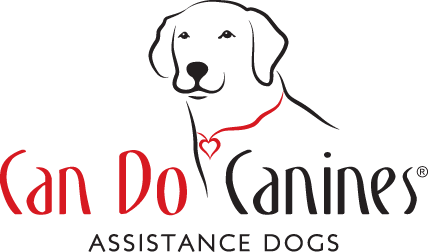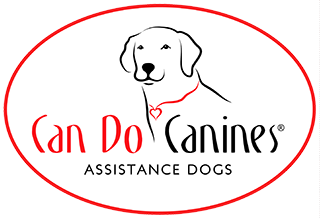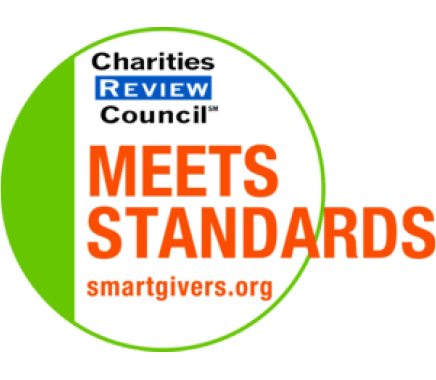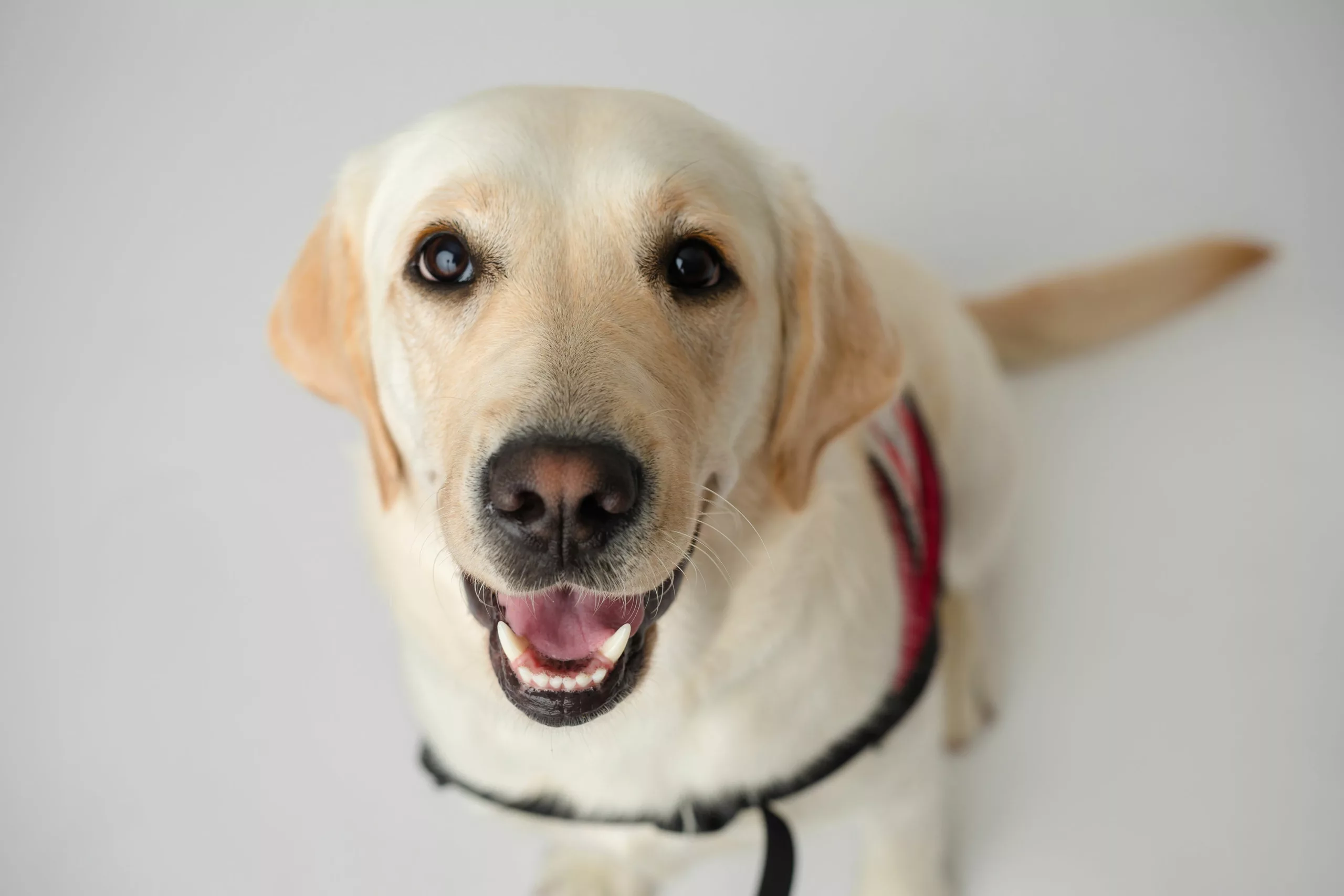Disabilities are often a tremendous burden for the individuals who live with them, even if they are invisible to others. If you ran into Isaac today, you’d never know he was living with a disability, except that he’s connected to an assistance dog. So why does he need a working companion with him all the time? Isaac, a dedicated college student from Kenosha, Wisconsin, was diagnosed with Type 1 diabetes when he was just 4 years old, and nearly 20 years later was still seeking new tools to improve his management.
Type 1 diabetes is an autoimmune condition in which the body attacks the cells that produce insulin. Type 1 diabetics have to constantly dose and administer insulin themselves, while monitoring their blood glucose levels non-stop. If a blood glucose reading is below a safe range, the brain does not get the necessary supply of fuel. These hypoglycemic episodes are life-threatening if not corrected with sugar. After years of living with diabetes, Isaac no longer felt the usual warning signs of hypoglycemia, such as shakiness or disorientation. Even with advances in technology, Isaac searched for more ways he could take care of himself, and applied to Can Do Canines for a Diabetes Assist Dog.
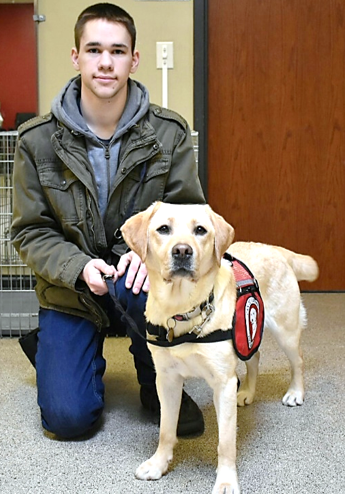 Taking Management from Good to Better
Taking Management from Good to Better
The newest member of Isaac’s healthcare team came in the form of a 2-year-old yellow Labrador Retriever named Xulla. Before life with Xulla, the increasing risks due to hypoglycemia unawareness caused stress for Isaac and his family. There was even an emergency call to 911 when his blood sugar dropped to a dangerous level without enough warning. Isaac was keeping his blood glucose levels at an elevated target range in an effort to prevent as many hypoglycemic episodes as possible. However, that is not a healthy option either since glucose buildup in the bloodstream turns toxic and causes complications. Xulla now uses her superpower sense of smell to detect a chemical change that occurs when blood glucose levels drop quickly or under a safe number. In response to this scent, she nudges Isaac with her nose so he can check his glucose levels and correct or prevent a harmful scenario.
Xulla alerts Isaac to his hypoglycemic episodes before his other monitoring equipment detects the low blood glucose reading. In the house, Xulla can run to retrieve a container of juice, a bottle of glucose tablets, or a blood glucose meter, depending on where Isaac is and what he asks for. With her additional “supervision,” he is reducing long-term consequences by collaborating with his healthcare providers to lower and tighten his target glucose level range.
A New Level of Health and Gratitude
Isaac calls Xulla “a hard worker” and describes the training experience as challenging but exciting. Isaac’s mother has been amazed by Xulla’s skills, and the family finds a sense of security with his life-saving companion. Isaac says, “I would like to thank everyone that puts in hard work and donations to make these assistance dogs possible, not only for me but for other people with disabilities. The skills that these dogs have are pretty amazing to me. Thank you for your dedication.”
Thank you to all those who made this partnership possible:
Great Start Home: Tiffany Hendrickson & Family
Puppy Raiser: Stanley Correctional Institution
Special Thanks: Mary Baier, The Flor Family
Field Trainer: Katie Oilschlager
Whelping Home: Dana & Pete Kittok
You: Thank you for your donations!
